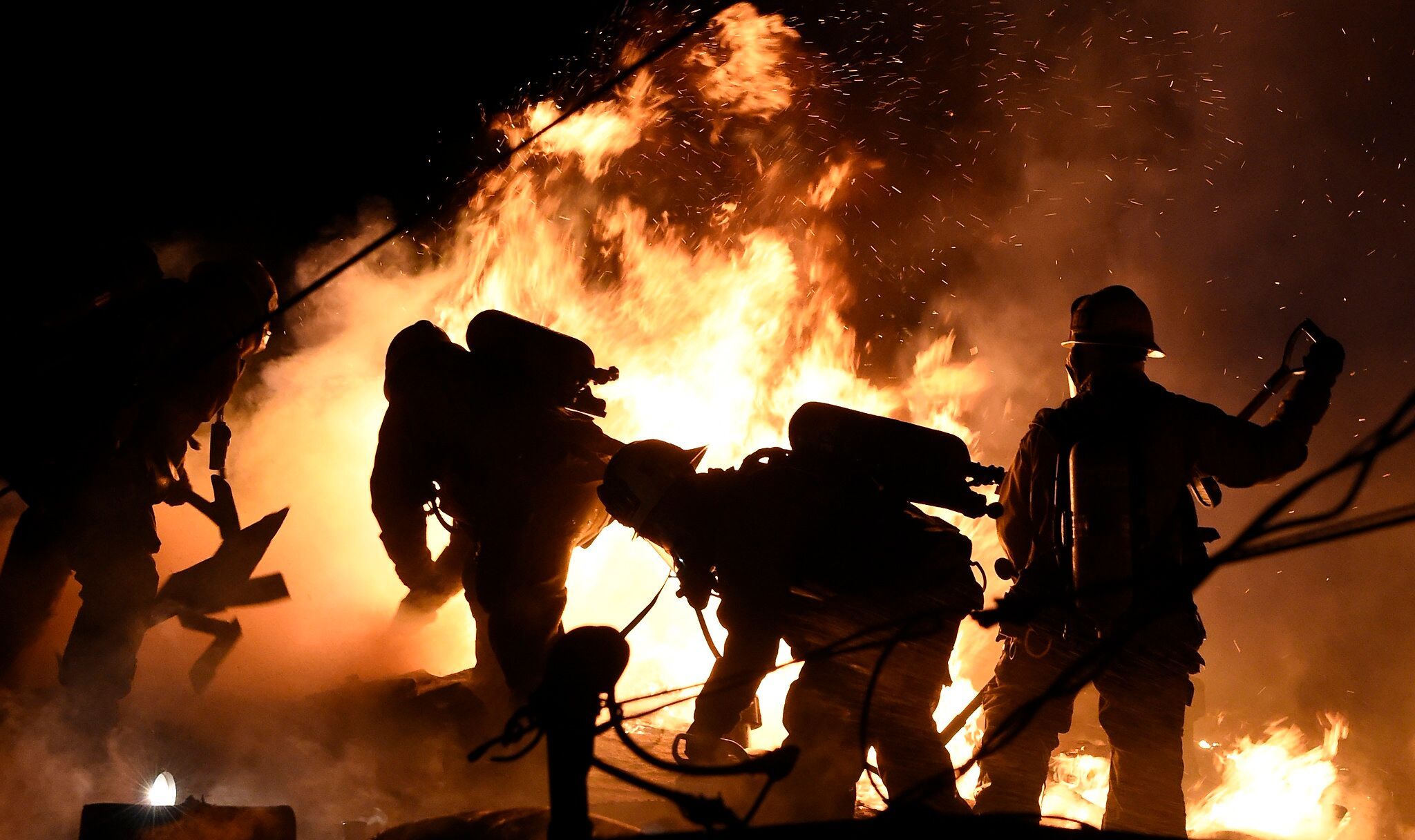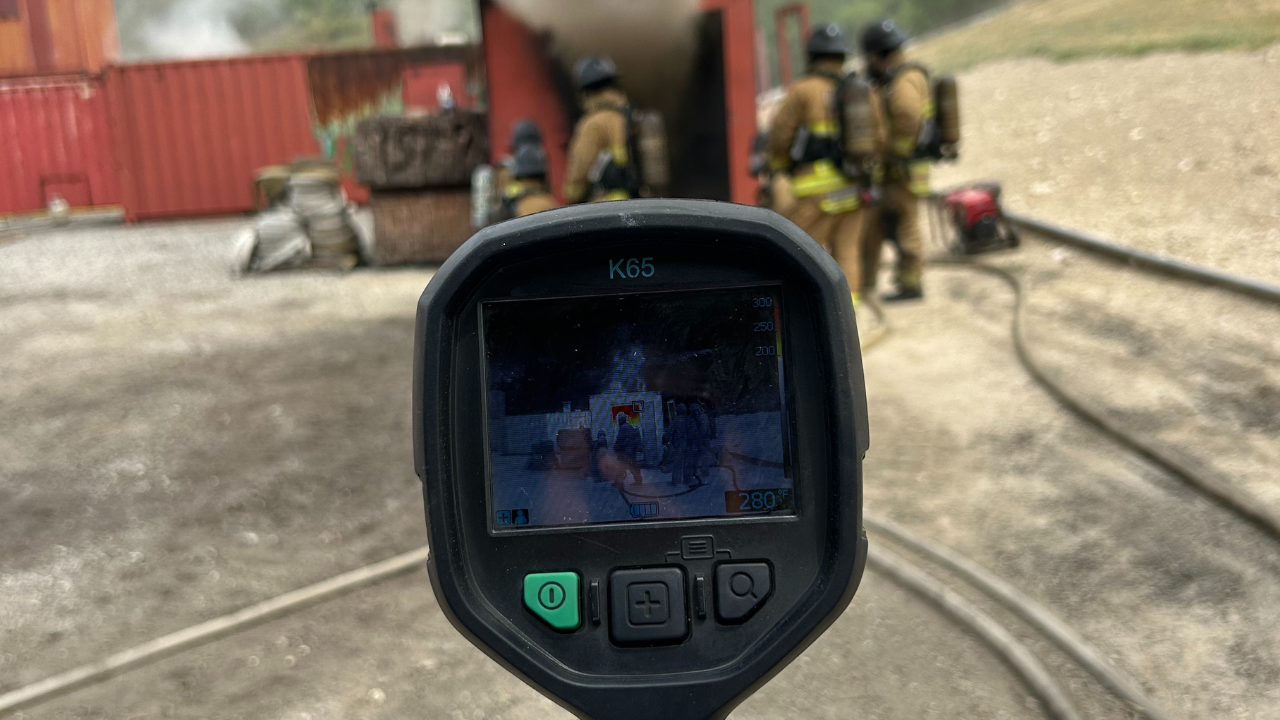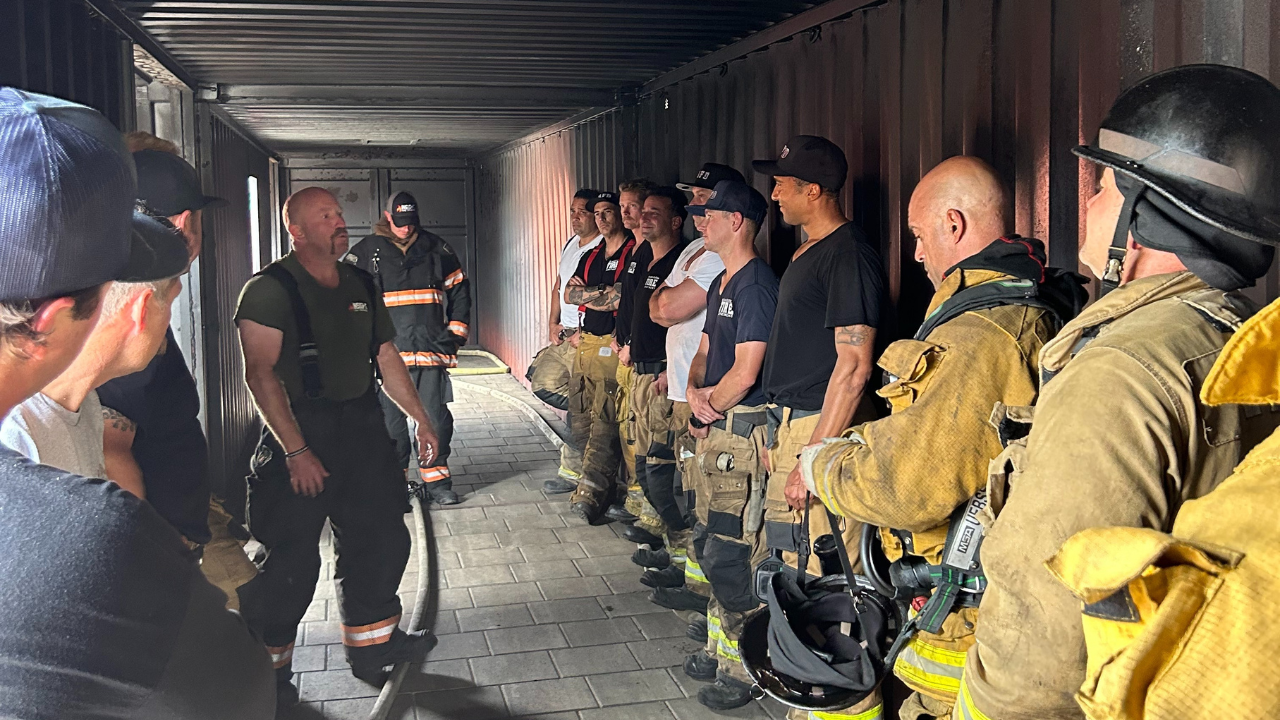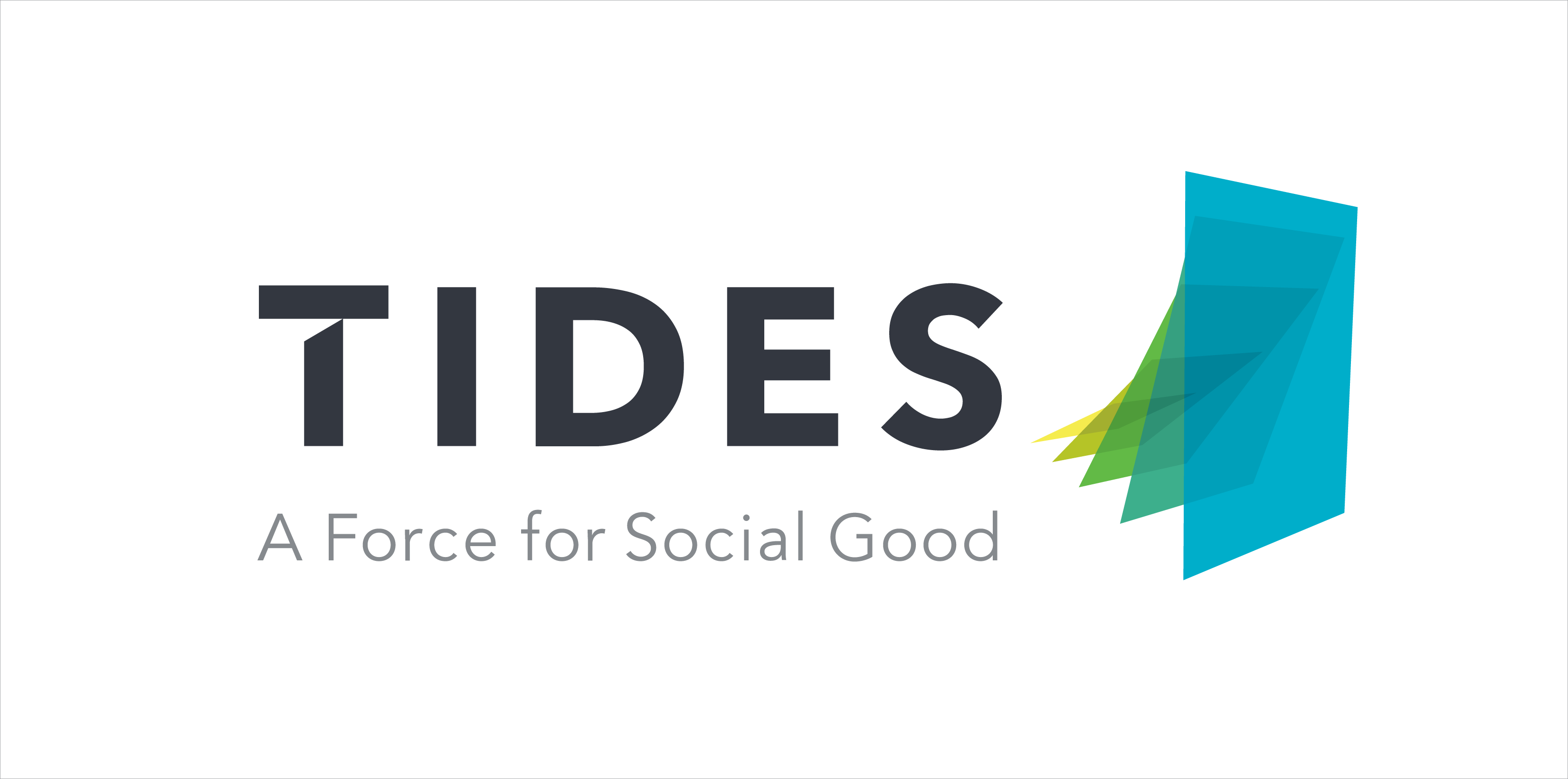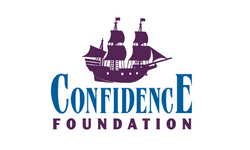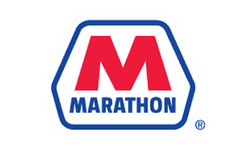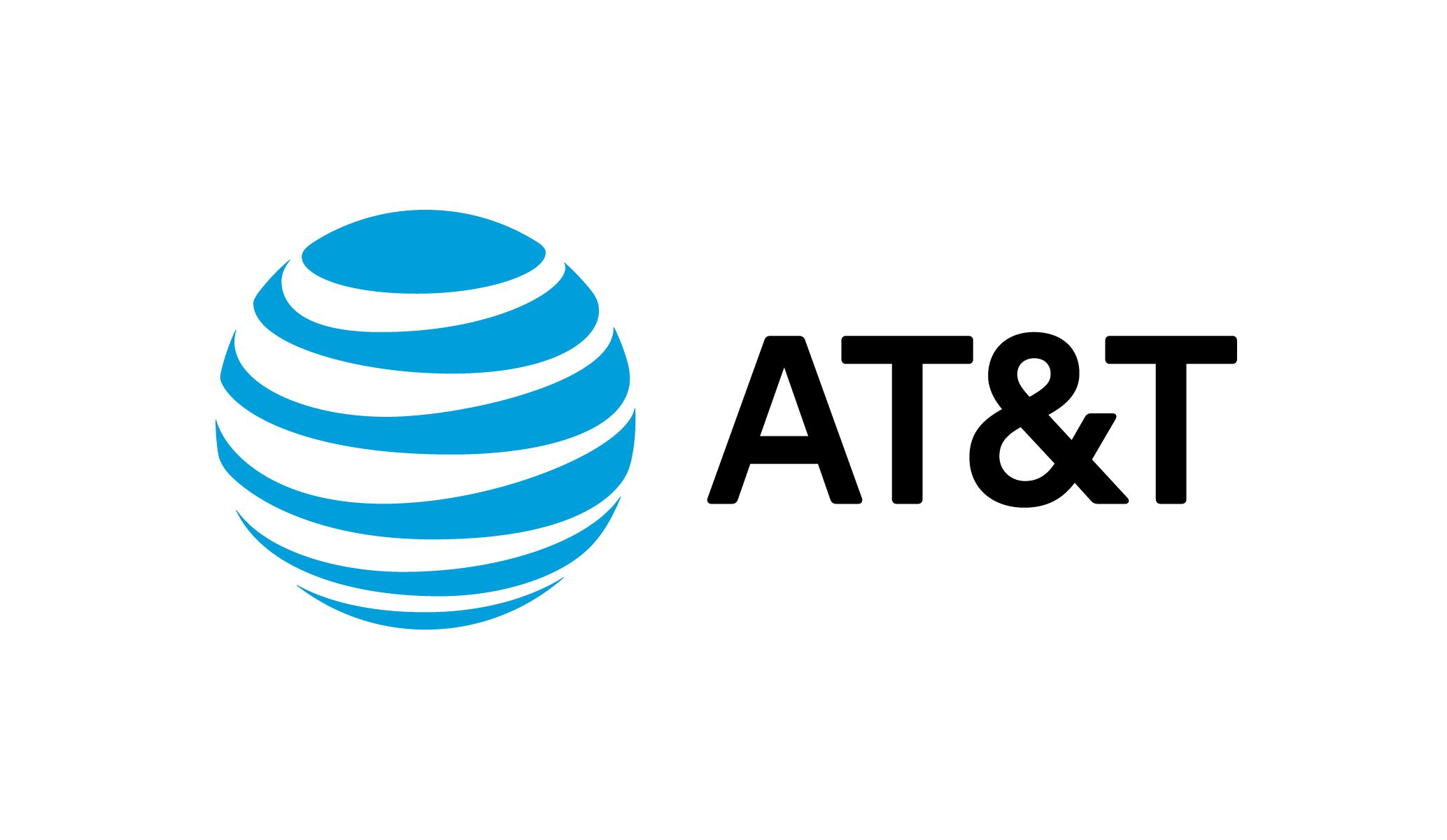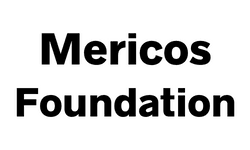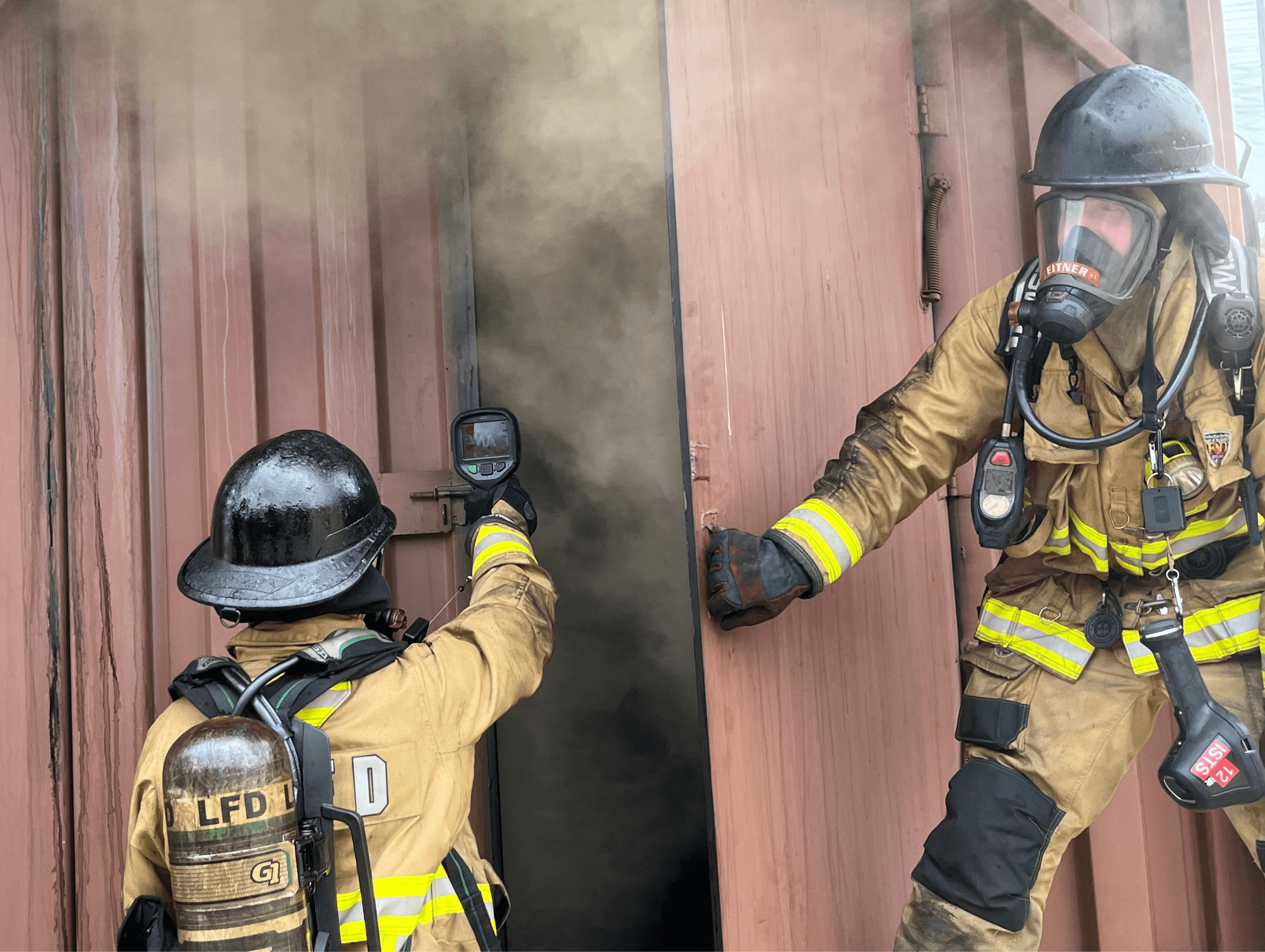
“The incident would have had a very different outcome without the thermal imaging camera,” Los Angeles Fire Department (LAFD) Captain Matt Quealy reflected.
He remembered a call where his crew responded to a church fire. They arrived on scene to find a thick layer of smoke that significantly impacted visibility. Though there was certainly a fire, the firefighters could not immediately visualize the flames from where they had entered the building.
Captain Quealy grabbed his engine’s thermal imaging camera and scanned the area they were in from low to high. Within seconds, a reddish-orange glow on the screen indicated exactly where the flames were originating. Captain Quealy put the camera away, and he and his crew went to work.
Instead of chopping through walls or sending the crew in blind to navigate the smoke-shrouded space, the thermal imaging camera ensured that Captain Quealy could promptly identify the exact area where hose lines needed to be placed.
“We were able to stop the blaze just before it reached the attic, when it would have become a real problem,” he reflected. That incident stood out in Captain Quealy’s 18-year career with the LAFD as the moment he understood the power of thermal imaging cameras, and why they are a critical firefighting resource.
The necessity of thermal imaging cameras cannot be overstated. The few cameras that LAFD firefighters had access to were from a 2004 purchase. The manufacturer stopped producing the 2004 model years ago, and repairs were impossible because parts were not available.
Due to city budget constraints, the purchase of new thermal imaging cameras, much less cameras for apparatus across the Department, was a pipe dream for LAFD.
Department-wide needs were amplified in the wake of the Palisades Fire that devastated Los Angeles in January 2025. As a result, community support enabled the LAFD Foundation to purchase new, up-to-date thermal imaging cameras for every LAFD apparatus.
The purchase also included hands-on, in-person training as part of a “train the trainer” program, administered by an independent training organization owned and operated by former firefighters. LAFD members with several years of experience in the field were chosen to participate in live fire training with the cameras. These firefighters will then disseminate that knowledge throughout the Department.
The instructors managed the setup and design of each course, simulating realistic fire behaviors and replicating scenarios that mirrored what firefighters experience in the field.
“The best way to learn something is to teach it,” emphasized Andy Starnes, one of the four instructors. “That’s why the train-the-trainer program with live fire is so important.”
The instructors emphasized that thermal imaging cameras are not a replacement for firefighters’ physiological senses and experiential knowledge. If the room feels hot and the camera is not registering fire, trainees were encouraged to trust their instincts and expertise.
“Use it to scan quickly and get a layout of the room, then put it away and get to work,” Starnes stated during instruction.
“Getting formal training on these cameras is huge,” said LAFD Apparatus Operator Robby Jackson, one of the selected LAFD trainees. He remembered being handed a manual for the thermal imaging cameras that were purchased back in 2004 – the only “training” firefighters received. He expressed excitement to watch the vital piece of equipment come full circle in the Department.
During the training, firefighters commented frequently on the high quality of the camera, noting how clear the image appeared. The cameras also include a search and rescue feature, which will assist firefighters with finding people and pets faster in volatile situations.
“We’re going from not being able to see anything to being able to see people, bodies, heat signatures, and more,” Firefighter Matt Jackson, another LAFD trainee, commented.
“It’s another tool to help us make good decisions when every second counts.”

